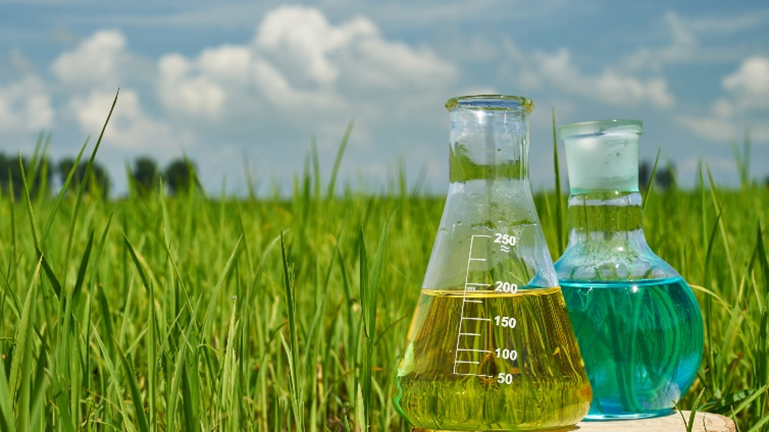

To develop a new 40% w/w EC formulation for a systemic insecticide as an alternative to the one developed by the client. This formulation must replicate the physicochemical properties of the client’s original 40% EC formulation. However, it should be developed using environmentally safe excipients approved by regulatory agencies, including the US EPA.
The key challenge was to replicate the physiological properties of the original formulation developed by the client. The essential physicochemical properties to be duplicated encompass precipitation behavior, crystal growth at low temperatures, emulsion stability, pH fluctuations during prolonged storage, and the consistency of emulsion upon dilution.
Additionally, the formulation needs to be developed using excipients (co-formulants, emulsifiers, and surfactants) along with solvents that are environmentally safe and pose no threat to the relevant crops.
A prominent agriscience company headquartered in the European Union is entirely committed to the field of agriculture. Leveraging state-of-the-art technologies, they integrate modern agricultural techniques with AI and ML methodologies to create formulations for crop protection. Additionally, they stand out as a leading organization in the development of crop protection agents, genetically modified seeds, and biologicals.
The team comprehensively gripped the influence of surfactant types. Equipped with this understanding, they chose suitable non-ionic and anionic surfactants to tackle concerns regarding crystal growth and pH
fluctuations. In the revised formulation, a co-solvent was additionally incorporated to address other physicochemical parameters.
Identification of appropriate surfactants: Different blends of surfactants, encompassing non-ionic and anionic types, were formulated along with the active pharmaceutical ingredient (API) at varying concentrations to create an optimal emulsion.
Identification of appropriate co-solvents: Various environmentally friendly solvents were evaluated for their compatibility with the aqueous phase and for formulating the ideal emulsion with the required droplet size.
Lab scale stable formulation development: A laboratory-scale formulation was created using identified excipients. Parameters such as solvent volume, API concentration, RPM, temperature, and pH were optimised during the process.
Scale-up, parameter and physiochemical optimization: The laboratory-scale formulation was upscaled, and the parameters were fine-tuned to attain the optimal formulation. Comprehensive physiochemical
characterization was conducted, covering aspects such as precipitation behavior, crystal growth at low temperatures, emulsion stability, pH variations during extended storage, and the uniformity of emulsion
upon dilution.
